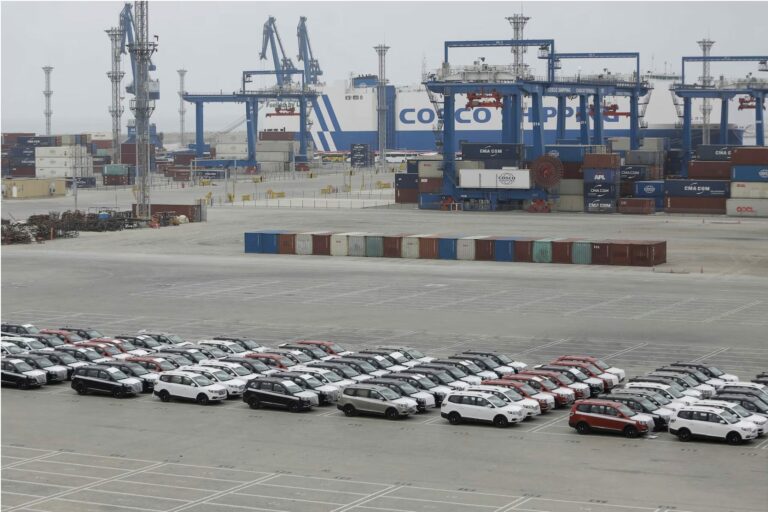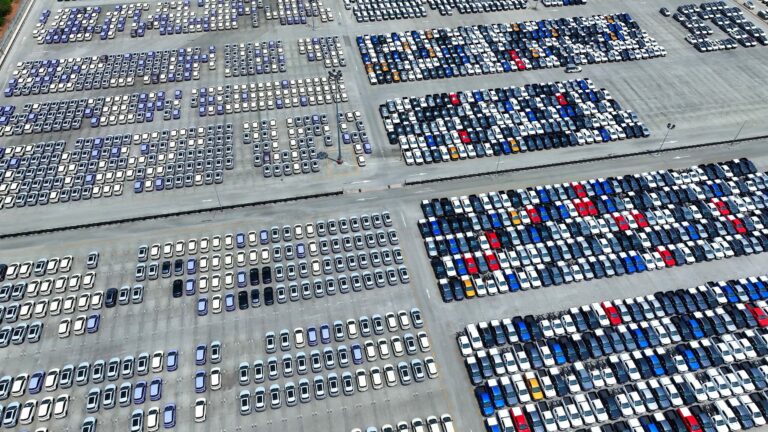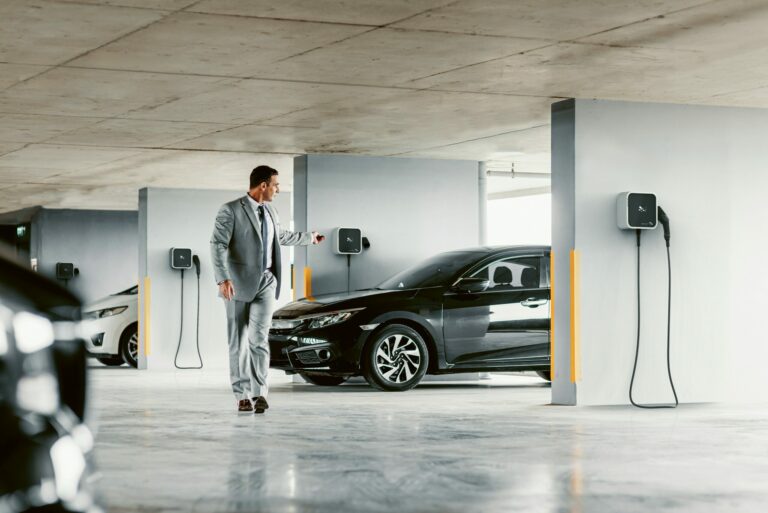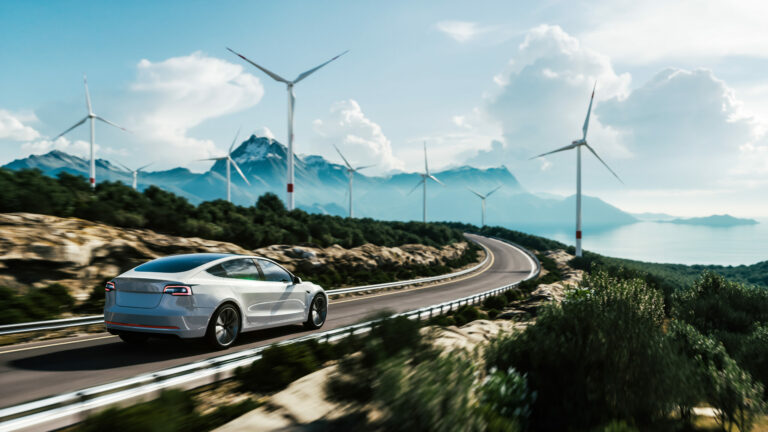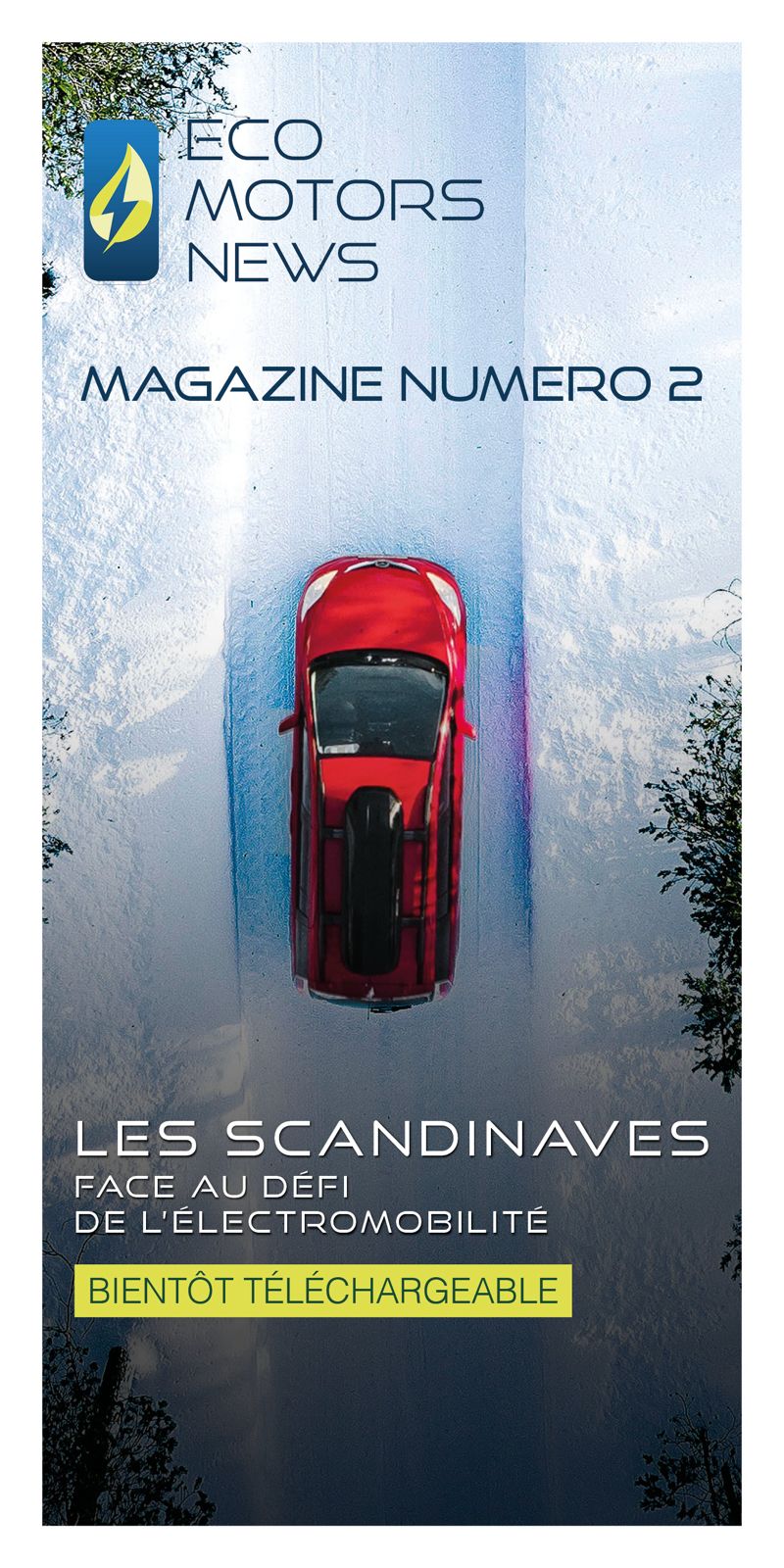South America is seeing a meteoric rise in sales of electric vehicles, driven by Chinese manufacturers. This expansion is taking place at a time when Tesla remains largely absent from the continent. According to Reuters, consumers are embracing these affordable models, while regional ports and logistics networks are changing rapidly.
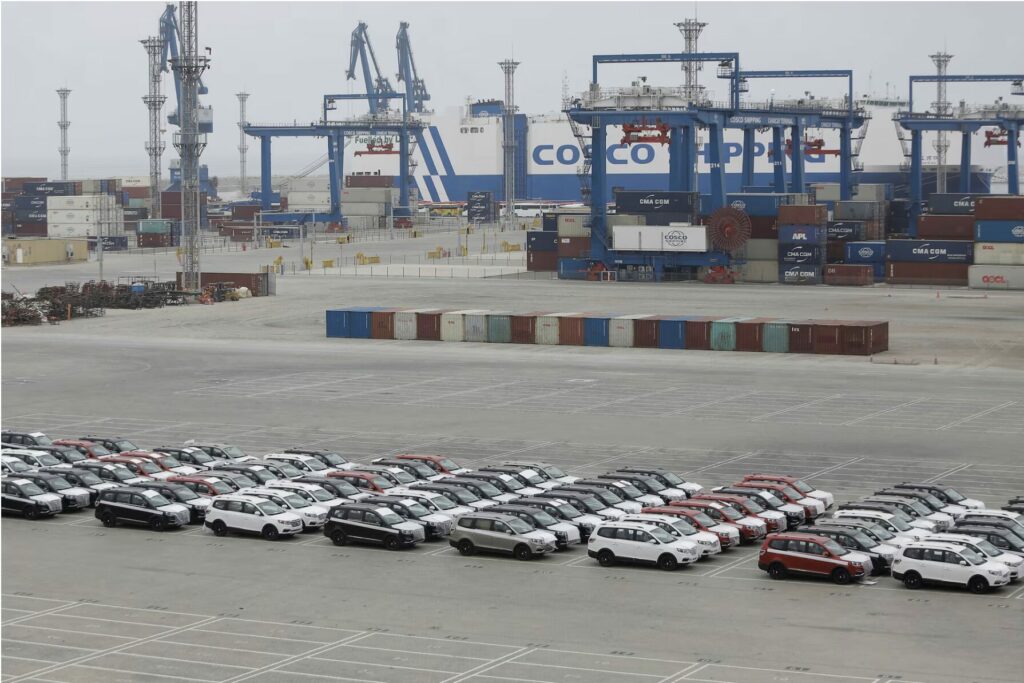
The rise of a still young market
In 2019, Peruvian entrepreneur Luis Zwiebach wanted to buy a reliable electric car. After a test drive in the United States, he discovered Peruvian administrative limitations. Despite these obstacles, he found an owner willing to sell his Tesla and bought it. He then improvised an earth connection with a fork to charge the car, showing the ingenuity required at the time. Since then, things have changed thanks to the massive arrival of much cheaper Chinese models. Today, BYD, Geely and GWM dominate this segment, with prices around 40% lower than Tesla. Traditional manufacturers such as Toyota and Hyundai are also stepping up their electric presence. This diversity is stimulating a market that is still modest, but is expanding rapidly in Peru. Hybrids and electric cars reached a record 7,256 sales this year, a significant increase.
The opening of the giant port of Chancay has accelerated this trend. This new logistics hub, built by China, significantly reduces transpacific transport times. As a result, Chinese vehicles are arriving faster and in greater numbers. Faced with growing trade restrictions in Europe and the United States, Chinese manufacturers are finding South America an ideal gateway. BYD is already planning a fourth dealership in Lima and other brands are strengthening their networks. Zwiebach confirms that demand is growing rapidly. He has also developed new services, including the installation of charging points and solar panels. This demand is also affecting real estate, where the presence of a charger can influence a major purchase.
Accelerated regional conquest
Chinese brands are gaining ground throughout South America. According to analysts, they are taking advantage of a local market lacking in abundant, competitive supply. They are also offering models adapted to regional needs. Their reputation for quality is growing fast. In Chile, they already account for almost 30% of new car sales. This breakthrough confirms their strategy of methodical expansion. At the same time, the adoption of electric vehicles is growing in the region. According to the International Energy Agency, penetration has doubled this year. This progress is based on public subsidies and the arrival of affordable models. Uruguay stands out with an impressive 28% share of new registrations. In Brazil, the figures are also rising, despite a more protected market.
Even in Argentina, where the economy is still fragile, electric vehicle sales are on the rise. BYD launched its first operations there this year. The brand already dominates several neighbouring countries. This success is due in part to its partnership with local importers. These understand consumer expectations and facilitate distribution. In Uruguay, dealers are seeing a rapid switch to these models. In Punta del Este, BYD has now overtaken the European and Japanese brands. The highly competitive prices are adding to this craze. A Chinese pick-up can cost much less than its traditional equivalents. This advantage creates a decisive gap for buyers.

The key role of the new logistics hubs
The port of Chancay illustrates this regional transformation. Every week, workers unload hundreds of cars from China. Cosco Shipping is forecasting nearly 19,000 arrivals by the end of the year. This port no longer serves Peru alone. It now redistributes vehicles to Chile, Colombia and Ecuador. This strategy strengthens Peru’s place in the regional logistics chain. For certain brands, such as Chery, this platform speeds up deliveries to several markets. Customs figures show a spectacular increase in arrivals since January.
However, elsewhere in the region, this invasion is sometimes causing tensions. In Brazil, some players are complaining that the competition is unfair. Massive imports are taking advantage of temporarily low tariffs. This is encouraging Chinese manufacturers to invest in local factories. BYD already assembles models in the former Ford factory in Bahia. Great Wall Motors also produces in part in Brazil. These investments should make it possible to export from Brazil to other countries within a few years. Regional trade agreements reinforce this prospect. For local manufacturers, the gradual increase in taxes is designed to protect domestic production.
A transition still strewn with obstacles
Despite this momentum, a number of challenges remain. Long distances and limited infrastructure sometimes slow adoption. Zwiebach highlights the difficulties of travelling the entire Peruvian coast without planning. Charging networks remain patchy and require coordinated investment. However, the low running costs of electric cars are appealing to drivers. These vehicles require less maintenance than a conventional model. This economy is attracting many consumers looking for sustainable and economical solutions.
In the years to come, South America could become a key area for electromobility worldwide. Chinese manufacturers see this as a strategic opportunity. Governments want to modernise their vehicle fleets. Consumers want to reduce their fuel costs. This convergence creates a favourable context for wider adoption. If recharging networks improve, growth could accelerate. Several countries are already aiming to follow the trajectories observed in Europe and China. Future investments will determine the speed of this transition.


